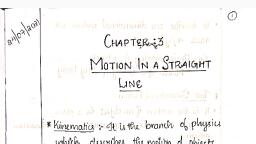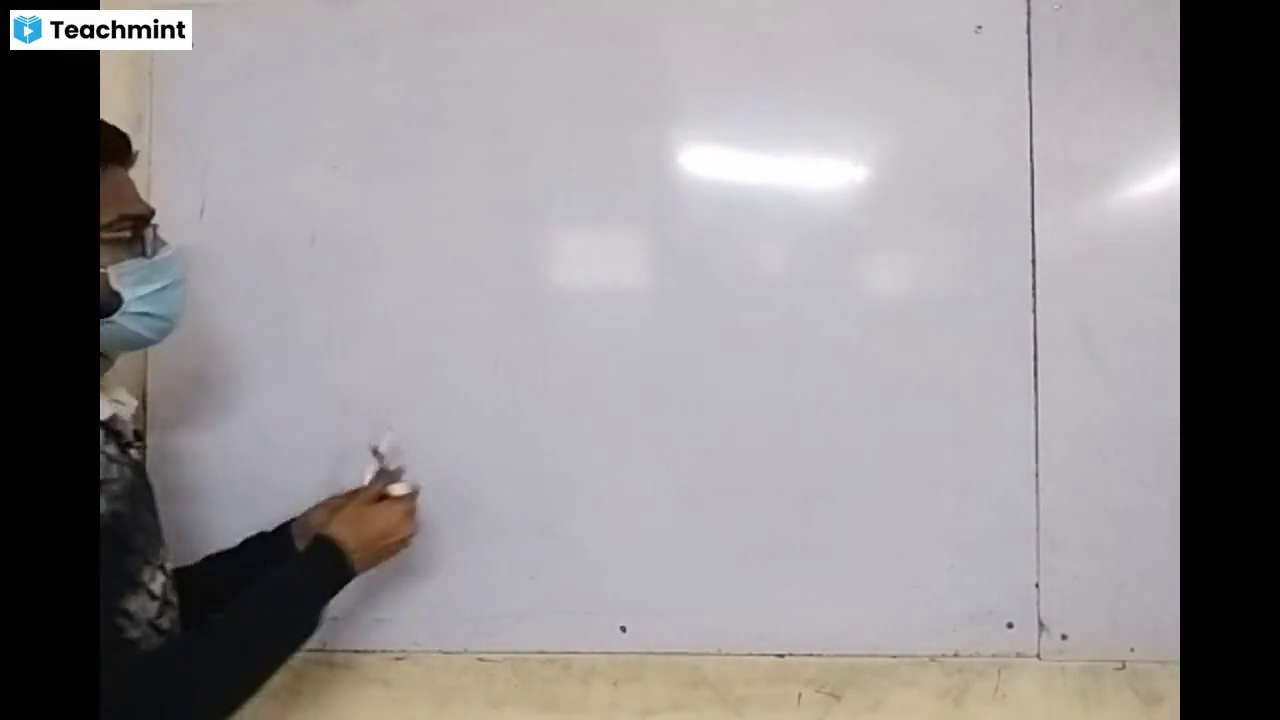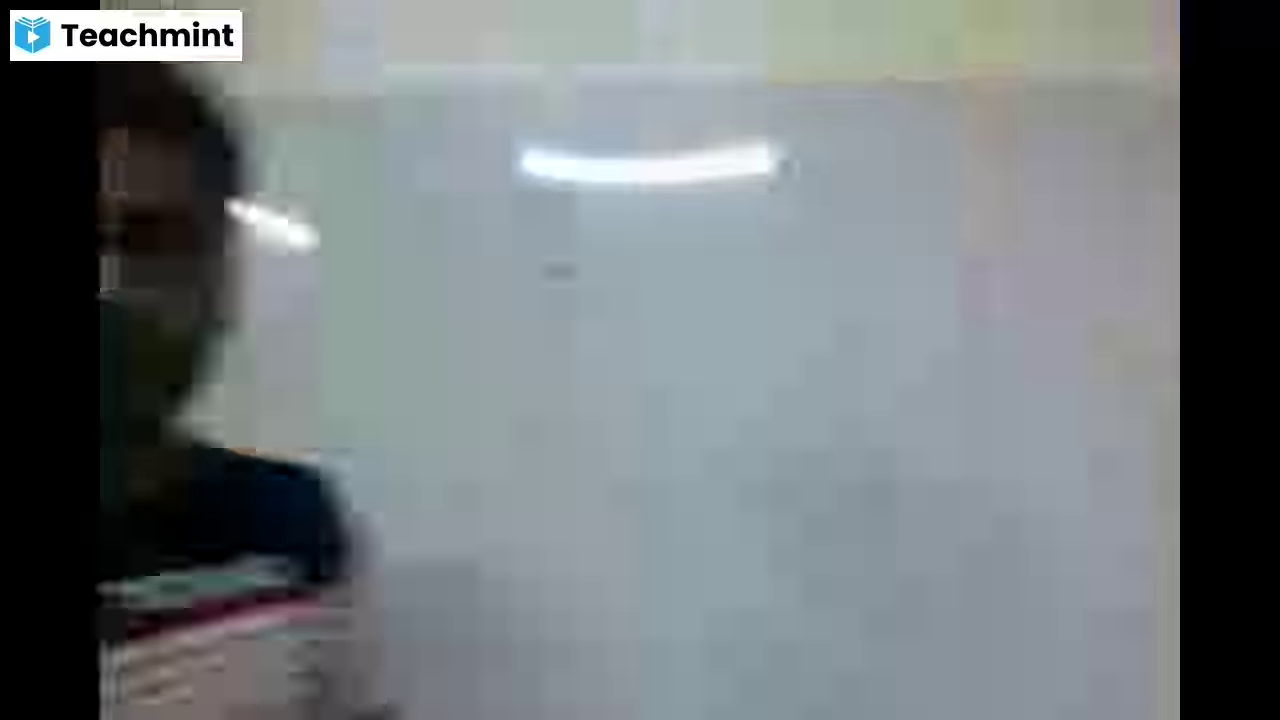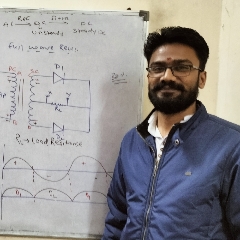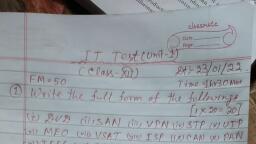Question 3 :
A body of weight 1 newton has a potential energy of 1 joule relative to the ground when it is at a height of:
Question 4 :
The coefficient of restitution e for a perfectly inelastic collision is:
Question 5 :
A ball moving with a velocity v strikes a wall moving toward the ball with a velocity u. An elastic impact lasts for t sec. Then the mean elastic force acting on the ball is
Question 6 :
A body of mass $$ m_1 $$ moving with a velocity 10 m/s collides elastically with another body at rest of mass $$ m_2 $$. After collision the velocites of the two bodies are 2 m/s and 5 m/s respectively along the direction of motion of $$ m_1 $$. The ration of $$ \dfrac { m_ {1} }{ m_ {2} }  is $$
Question 7 :
A body is dropped from a certain height from the ground. When it is halfway down, it possess,
Question 8 :
A man of mass $$50kg$$ climbs up a ladder of height $$10m$$. Calculate the increase in his potential energy. $$(g=9.8ms^{-2})$$
Question 9 :
A body dropped freely from a height h onto a horizontal plane, bounces up and down and finally comes to rest. The coefficient of restitution is e, the ratio of distance travelled in two consecutive rebounds
Question 10 :
Fifteen joules work is done on object A, which is attached to an uncompressed spring, so that all the work done goes into compressing the spring.<br>Sixty joules of work is done on object B which is attached to an uncompressed spring that is identical to the spring to which object A is attached all the work done goes into compressing the spring.<br>How does the compression of the spring for object B compare to the compression of the spring for object A after this work is done?
Question 12 :
The coefficient of restitution of a perfectly elastic collision is :
Question 13 :
A ball of mass $$m$$ is thrown vertically up with an initial velocity so as to reach a height $$h$$. The correct statement is:
Question 14 :
Work done by centripetal force on a body in $$U.C.M.$$ is
Question 15 :
A diver stands at the top of a platform that is $$15$$ meters high.After diving, she challenges herself from a cliff that is $$30$$ meters high.Since she is twice as far from the surface of the earth when she is on the cliff as compared with the diving board, how does her weight on the cliff compare with her weight on the diving board?
Question 16 :
A ball tied at the end of a string and swinging back and forth, at what point in the swing would the ball have the highest potential energy?<br/>
Question 19 :
 A body $$P$$  moving with a velocity of $$20$$ms$$^{-1}$$ collides with another body $$Q$$ of same mass at rest. After collision $$P$$ comes to rest. What is the velocity of the body $$Q$$ ?<br/>
Question 20 :
The energy required to raise a given volume of water from a well can be:
Question 21 :
In a one-dimensional elastic collision, the relative velocity of approach before collision is equal to:
Question 22 :
The electric current is produced by the stored water in dams,which possess:<br/>
Question 23 :
A stationary cannon fires a cannonball. Which of the following is NOT true immediately after the cannonball is fired?
Question 24 :
A heating unit on an electric stove is rated at $$880 W$$. It is connected to a power supply of $$220 V$$. The current it will consume is
Question 25 :
The coefficient of restitution (e) for a perfectly elastic collision is<br>
Question 26 :
A massive ball moving with speed v collides head-on with a tiny ball at rest having a very small mass as compared to the first ball. If the collision is elastic, then immediately after the impact, the second ball will move with a speed approximately equal to 
Question 27 :
Identify which of the following quantities remain conserved during an elastic collision? <br/>
Question 28 :
Two bodies of equal weight are kept at heights of h and 1.5 h respectively. The ratio of their P.E. will be :
Question 29 :
An object of mass 1kg has a PE of 1J relative to the ground when it is at a height of:
Question 30 :
When a car of mass $$1200\ kg$$ is moving with a velocity of $$15\ ms^{-1}$$ on a rough horizontal road. Its engine is switched off. How far does the car travel before it comes to rest if the coefficient of kinetic friction between the road and tyres of the car is $$0.5$$? $$(g=10ms^{-2})$$.
Question 31 :
 A body $$P$$  moving with a velocity of $$20$$ms$$^{-1}$$ collides with another body $$Q$$ of same mass at rest. After collision $$P$$ comes to rest. What is the velocity of the body $$Q$$ ?<br/>
Question 32 :
Name the type of energy (kinetic energy $$K$$ or potential energy $$U$$) possessed in the following case.The bob of a simple pendulum at its extreme position.
Question 33 :
Two identical balls each of mass in are moving in opposite direction with a speed v. if they collide elastically maximum potentail energy stored in the ball is :
Question 34 :
A 6 kg mass travelling at $$2.5 ms^{-1}$$ collides head on with a stationary 4 kg mass. After the collision the 6 kg mass travels in its original direction with a speed of $$1 ms^{-1}$$. The coefficient of restitution is<br>
Question 35 :
The graph between applied force and change in the length of wire within elastic limit is a ___________.
Question 36 :
A 6 kg mass travelling at $$2.5 ms^{-1}$$ collides head on with a stationary 4 kg mass. After the collision the 6 kg mass travels in its original direction with a speed of $$1 ms^{-1}$$. The coefficient of restitution is<br>
Question 37 :
A very small particle rests on the top of a hemisphere of radius $$20\ cm$$. The smallest horizontal velocity to be given to it, if it is to leave the hemisphere without sliding down its surface taking $$g = 9.8 m/s^{2}$$ is:<br/>
Question 38 :
A metal ball falls from a height of 1 m on to a steel plate and jumps upto a height of 81 cm. Find the coefficient of restitution of the ball material.
Question 40 :
During one dimensional collision or head on collision :a) The bodies move along the line joining their centre of mass before and after collision.<br/>b) The bodies should move in opposite direction.<br/>c) The bodies change their direction after collision.<br/>d) The bodies move along the line joining their centre of mass before and after collision either in same direction or in opposite direction.<br/>
Question 41 :
A ball hits the floor and rebounds after an elastic collision. In this case:
Question 42 :
Two bodies of equal weight are kept at heights of h and 1.5h respectively. The ratio of their P.E. is_____
Question 43 :
A rope ladder with a length $$l\ $$ metres carrying a man with a mass $$m$$ at its end is attached to the basket of a balloon with a mass $$M$$. The entire system is in equilibrium in the air. As the man climbs up the ladder into the balloon, the balloon descends by a height h. In this case, the potential energy of the balloon:
Question 44 :
A body when acted upon by a force of $$10\ kgf$$, gets displaced by $$0.5\ m$$ normal to the force. Calculate the work done by the force, when the displacement is in the direction of force.<br/>
Question 45 :
A green cart is less massive than a red cart. Both carts are on a frictionless horizontal track where they can only travel along the same straight line. The green cart bumps into the stationary red cart.<br>As a result of the collision, the red cart moves forward in the direction of the green cart's original velocity. The green cart bounces off the red cart and moves backward.<br>How does the magnitude of the red cart's momentum after the collision compare with the magnitude of the green cart's momentum before the collision?
Question 46 :
A wagon of $$m$$ can move without friction along horizontal rails. A simple pendulum consisting of a sphere of mass $$m$$ is suspended from the ceiling of the wagon by a string of length $$l$$. At the initial moment the wagon and the pendulum are at rest and the string is deflected through an angle $$60^o$$ from the vertical. Find the velocity of the wagon when the pendulum passes through the mean position.
Question 47 :
A force $$\vec {F}=(3\hat {i}+4\hat {j})N$$ acts on $$2kg$$ movable object that moves from an initial position $$\vec {r}_{1}=(-3\hat {i}-2\hat {j})m$$ to a final position $$\vec {r}_{1}=(5\hat {i}+4\hat {j})m$$ in $$6s$$. The average power delivered by the force during the interval of $$6s$$ is equal to :
Question 48 :
Two blocks of masses $$\displaystyle m_{1}\:and\:m_{2}$$ connected by a light spring rest on a horizontal plane. The coefficient of friction between the blocks and the surface is equal to $$\displaystyle \mu $$. What minimum constant force has to be applied in the horizontal direction to the block of mass $$\displaystyle m_{1}$$ in order to shift the other block?
Question 49 :
Statement - 1 : Work done by a force on a body whose centre of mass does not move may be non-zero.<br>Statement -2 : Work done by a force depends on the displacement of the centre of mass.
Question 50 :
A smooth steel ball strikes a fixed smooth steel plate at an angle $$\theta$$ with the vertical. If 'e' is the coefficient of restitution, the angle at which the rebounce will take place with the vertical is<br>

